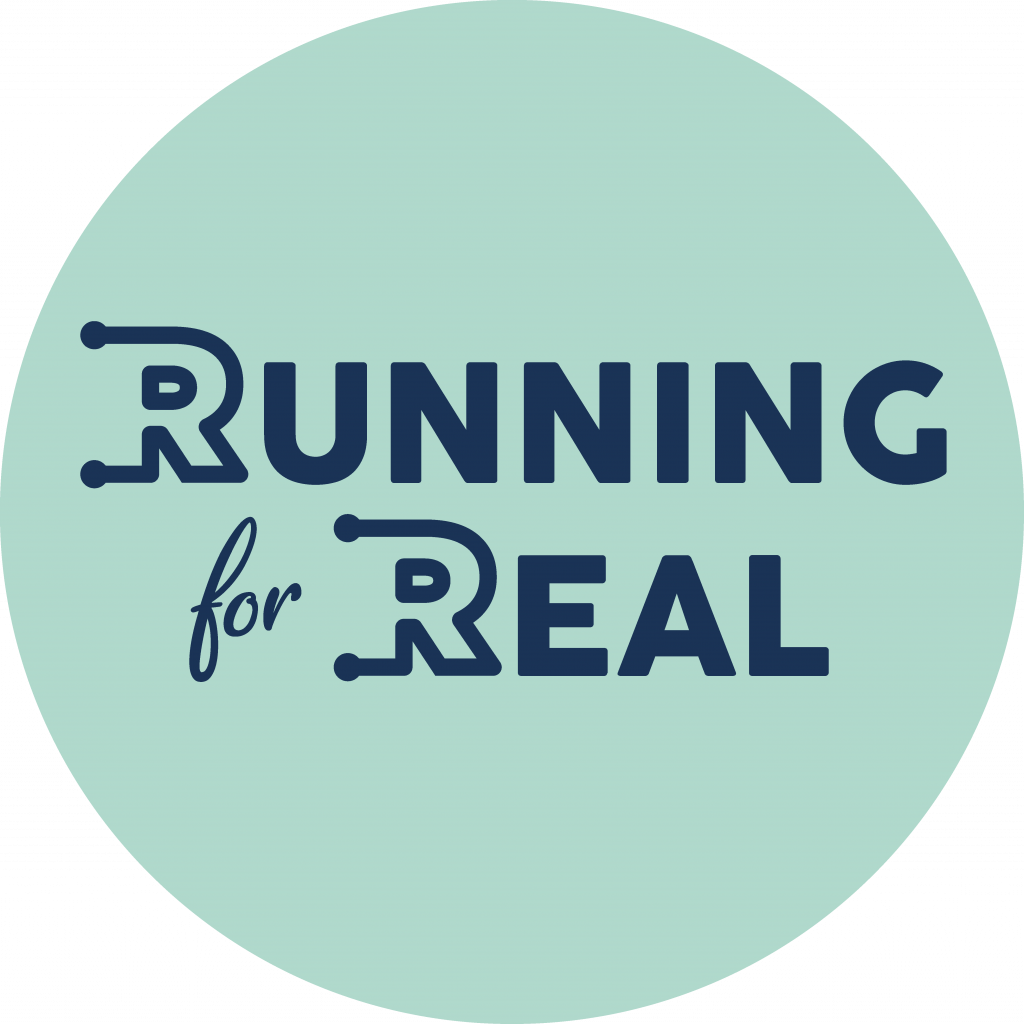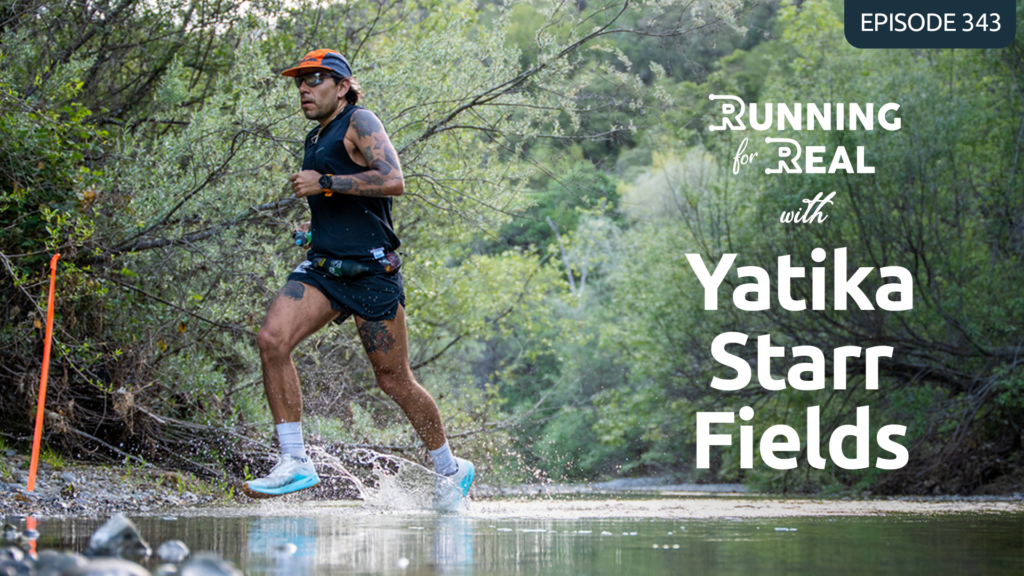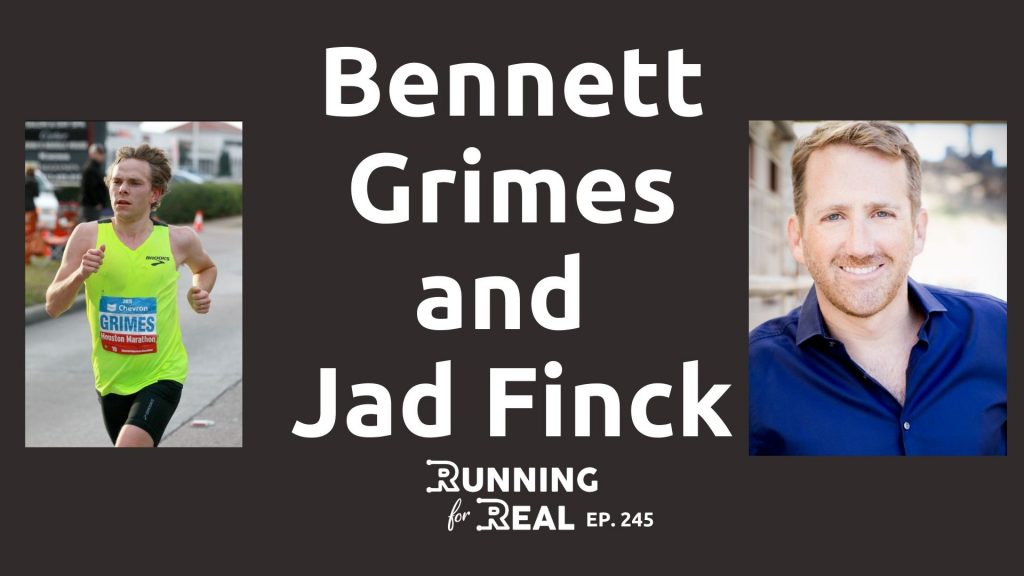Thirteen years ago, Christopher McDougall’s best-selling book, Born to Run, introduced the world to the Tarahumara tribe and created an intense interest in minimalist running. In it, Chris described his own journey from chronically injured runner to running 50 miles through Mexico’s Copper Canyon. He was guided by coach Eric Orton, without whom, he says, there would have been “no Born to Run. I would not have run; I would not be running today.”
Chris and Eric have teamed up again to write Born to Run 2: The Ultimate Training Guide, with the goal of bringing more joy into running.
Listen to the Running for Real podcast here:
Apple (iTunes) Podcast | Sticher | Castbox | Overcast | Spotify | Google Play | iHeartradio |
Eric is a pioneer of online coaching. When he began, he had to convince runners that virtual training can be just as effective as in-person, not to mention more affordable. It also means that physical proximity to a coach isn’t a factor, which is what allowed him to train Chris for his Copper Canyon run.
The two met when Chris interviewed Eric for an article about his training methods. Eric suggested that they run some drills together, but Chris, who hadn’t run in two or three years, demurred. He cited his height, his weight, his injury history, doctors telling him he needed orthotics… Eric’s response was, “It’s all nonsense, man, it’s all noise; you can blow all that away.”
That was the only time they met in person, but Eric started coaching Chris remotely. Chris recalls, “What was so instrumental in the writing of Born to Run, was not only did he prepare me in less than a year to go from zero up to a 50 mile race, but looking back, the training logs that he would insist that I keep on a daily basis were hugely influential in the writing of the book, because I was able to see my own evolution.”
Chris got to see firsthand how Eric can “translate movement into language,” which led to them collaborating on Born to Run 2. It’s difficult to provide instructions for physical activity, but, Chris says, Eric has “figured out ways to teach running form in a way that he can write a few words and you get it and you won’t screw it up.”
Also, he continues, Eric’s “superpower” is that he “dials in very intently on what each person is struggling with and figures out a path forward.” When they started working together, Eric asked Chris what his dream was as a runner. Chris told him, “‘Dude, I just wanna be able to go out the door and run in any direction whenever I want, as far as I feel like it,’ and he’s like, ‘That’s a good goal.’”
That desire was at the heart of the Copper Canyon run – it was about being able to go on an adventure, connect with people, and have fun doing it. And that, they both believe, is what leads to greater performance, without performance being the actual goal. “If you’re having more fun, you’re gonna run more; you run more, you’re gonna get faster; you get faster, you enjoy it more. It’s an upward cycle.”
That’s the antithesis of how running is typically presented and viewed. Chris believes that “What has ruined running for almost everybody is that we’ve been locked into being money-making machines for the running industry. So much of running is based on making money off of your back. It’s by selling you shoes and selling you race bibs. And that’s all you ever hear about, constantly. New shoes, better shoes, faster shoes. Qualify for this race. These are money-making things which I think suck all the joy out of running. We were brainwashed into believing that running equals performance, running equals speed, running equals toughness.” He despises the people within the running industry who “are constantly preaching this toughness, and no pain, no gain. You gotta gut through and get to the finish line, if you gotta crawl. Like, f*** that, you know; that’s not what running is.”
He paraphrases Eric Hoffer, who said, “Every great cause begins as a movement, becomes a business, and eventually degenerates into a racket.” When recreational running began in the 1970s, it was about people enjoying themselves. Soon enough, though, “It just became an opportunity. If a lot of people are doing something, somebody will scheme a way to cash in on it. It’s very easy for marketing to tap into our insecurities about who we are, and that’s unfortunately what running is all about, tapping into your insecurities about your body image, your weight, your appearance, your speed, your toughness. Think about everything you see about running. It is all zeroed in on what’s wrong with you and how you can fix it by running.”
Eric agrees. “There’s no message out there that running a marathon or running an ultra marathon or competition is fun and can be enjoyable.” He offers his first triathlon experience as an example. “I placed in my age group and I was disappointed because I didn’t have to crawl across the finish line, because that’s what I thought triathlon was about. That it was enduring the worst day, and the last thing you could do is just pull yourself across the finish line, and I was disappointed because I didn’t have that experience.”
He doesn’t want his athletes to have the mindset that he did. ”I’m a coach. I coach people to race, and if you do it well and do it right, it can be fun. It can be done appropriately, and it doesn’t have to be torture. But there’s not that message out there.”
It’s the message that he and Chris want to deliver with Born to Run 2. “The overriding purpose of the program is to give not only a beginning runner a foundation to work with, but also that veteran runner, or ‘the Dabbler,’ we call them, all those other runners out there who’ve been doing this for a while. They either feel stuck or they hit a plateau or their body just doesn’t feel good. This is going back to a base where people can dial into their form and see running as a practice that can be fun, that could catapult what they want to do with their running in a whole new direction for them.”
resources:
Thank you to Patreon, Allbirds, and Athletic Greens for sponsoring this episode.

Come join us on Patreon! Do you enjoy Together Runs? Then you won’t want to miss our bi-weekly Travel Together Run episodes, available only through Patreon! They’ll give you an immersive experience of exciting locations, along with workouts and long runs. Southern California and Chicago are up first. We’ll have conversations about those runs, discussing your answers to Tina’s questions and talking about your thoughts.
Other benefits include monthly Q&A Zoom chats with Tina and other Patreon members, the opportunity to ask questions of upcoming guests, and blog posts on topics of your choice.
Go here to check out the different levels – we’d love to see you there!

Allbirds’ performance running shoe, the Tree Flyer, is lightweight, super springy, and wildly comfortable. Its high-performance midsole is big on cushion and energy return, making long runs easier on your body. The external heel counter and flared, geometric midsole help keep your stride steady, and the lightweight, breathable eucalyptus fiber upper provides next-level comfort. Plus, the Tree Flyer has a carbon footprint of only 8.09 kg CO2e, so it’s not only good for your running, but good for the planet too.
For women, be sure to check out their Performance Sports Bra – it’s comfortable enough to wear all day, but still provides plenty of support!
You can see Allbirds’ complete collection here.

AG1 is an easy way to get 75 vitamins, minerals, and whole food source ingredients. It promotes gut health with prebiotics, probiotics, and naturally occurring enzymes; supports your immune system with Vitamin C, zinc, healing mushrooms, and more; provides magnesium to boost energy; and it’s packed with superfoods, adaptogens, and antioxidants to help recovery. It’s simple to make and it tastes good!
Go here to get five free travel packs and a free one year’s supply of vitamin D3+K2 with your subscription.
Thanks for listening!
We know there are so many podcasts you could listen to, and we are honored you have chosen Running For Real. If you appreciate the work that we do, here are a few things you can do to support us:
- Take a screenshot of the episode, and share it with your friends, family, and community on social media, especially if you feel that the topic will resonate with them. Be sure to tag us on Twitter, Facebook, Instagram
- Leave an honest review on iTunes or your favorite podcast player.
- Your ratings and reviews will really help us grow and reach new people.
Not sure how to leave a review or subscribe? You can find out here.
“Thank you” to Chris and Eric! We look forward to hearing your thoughts on the show.



